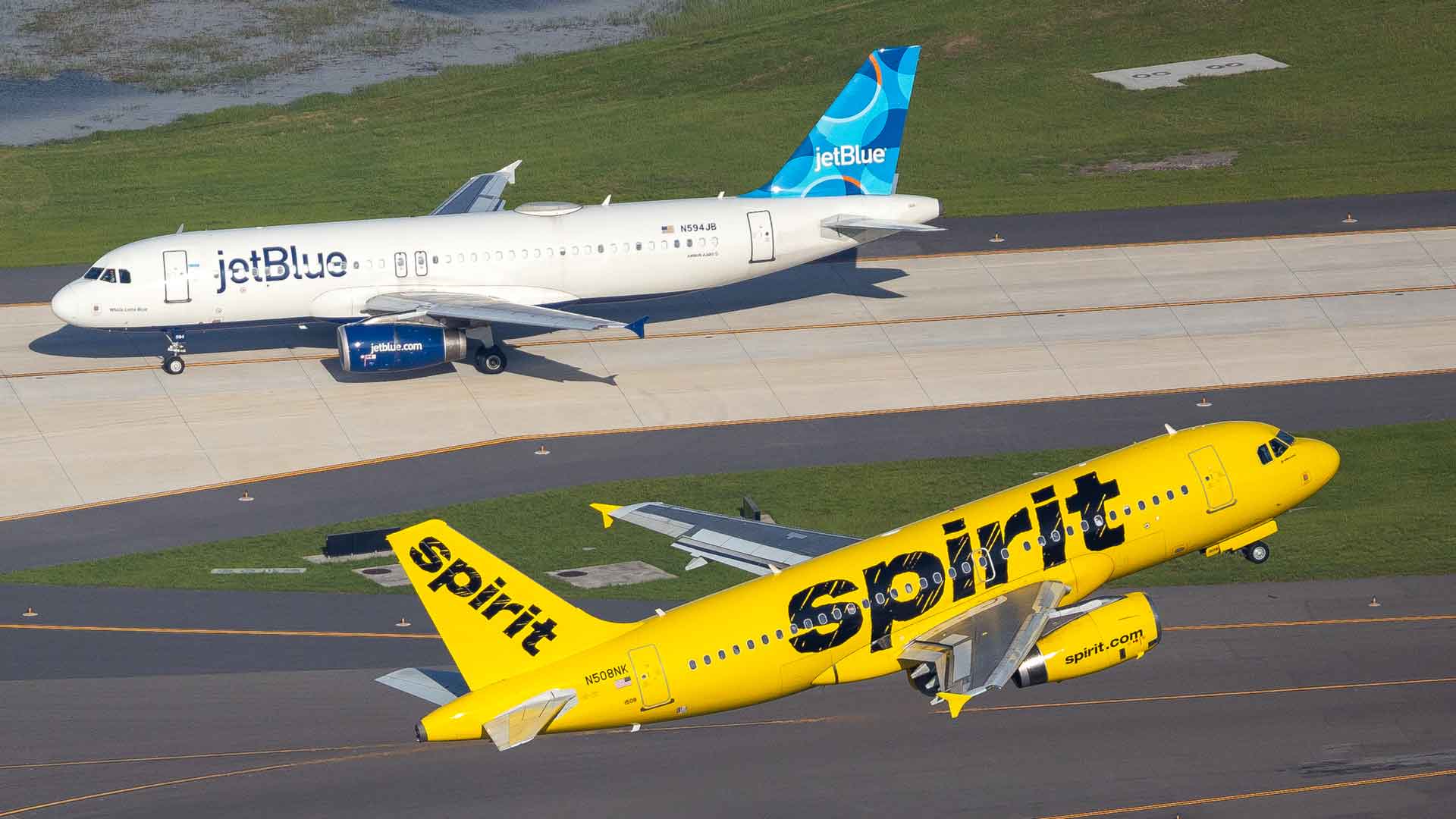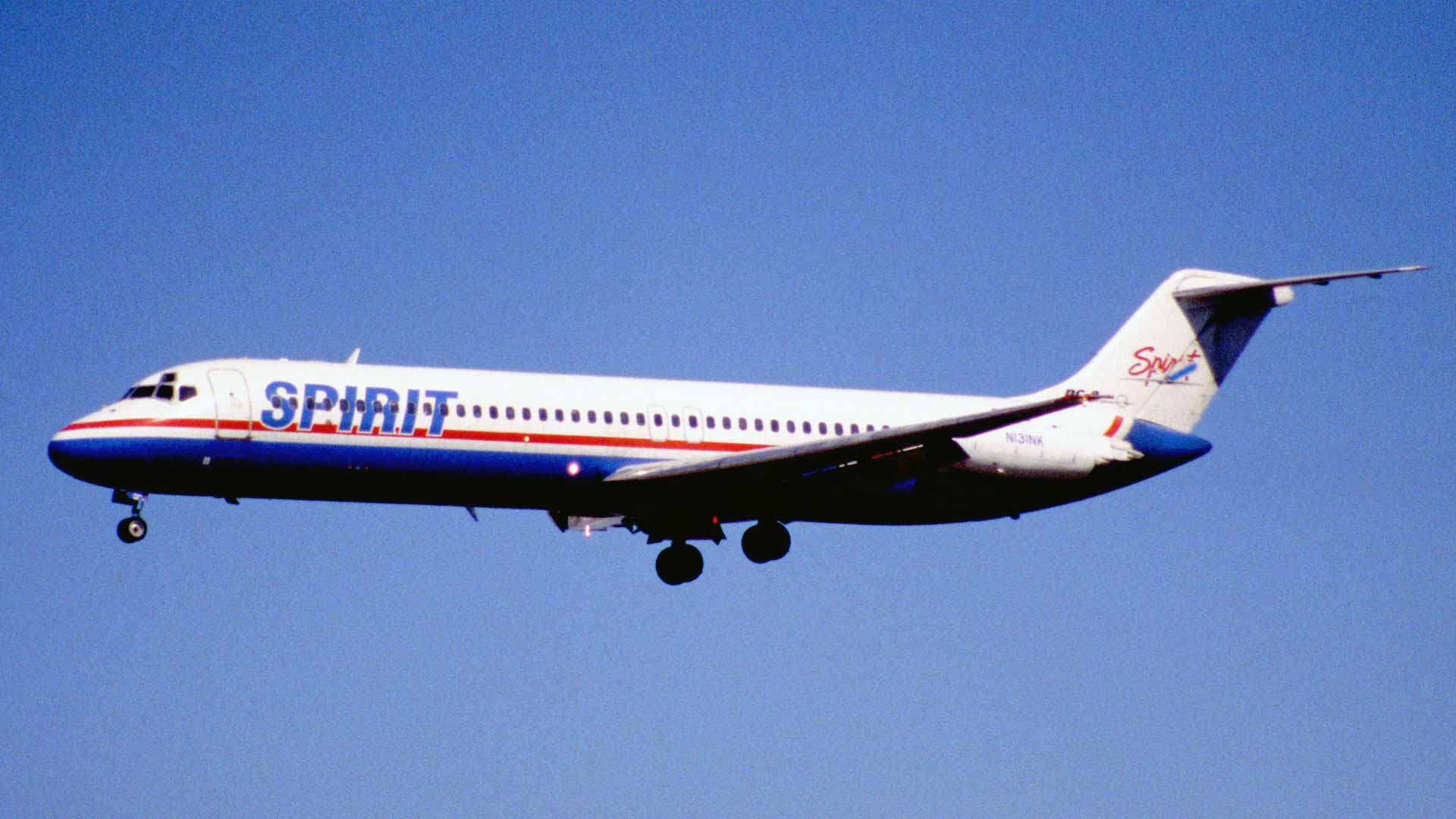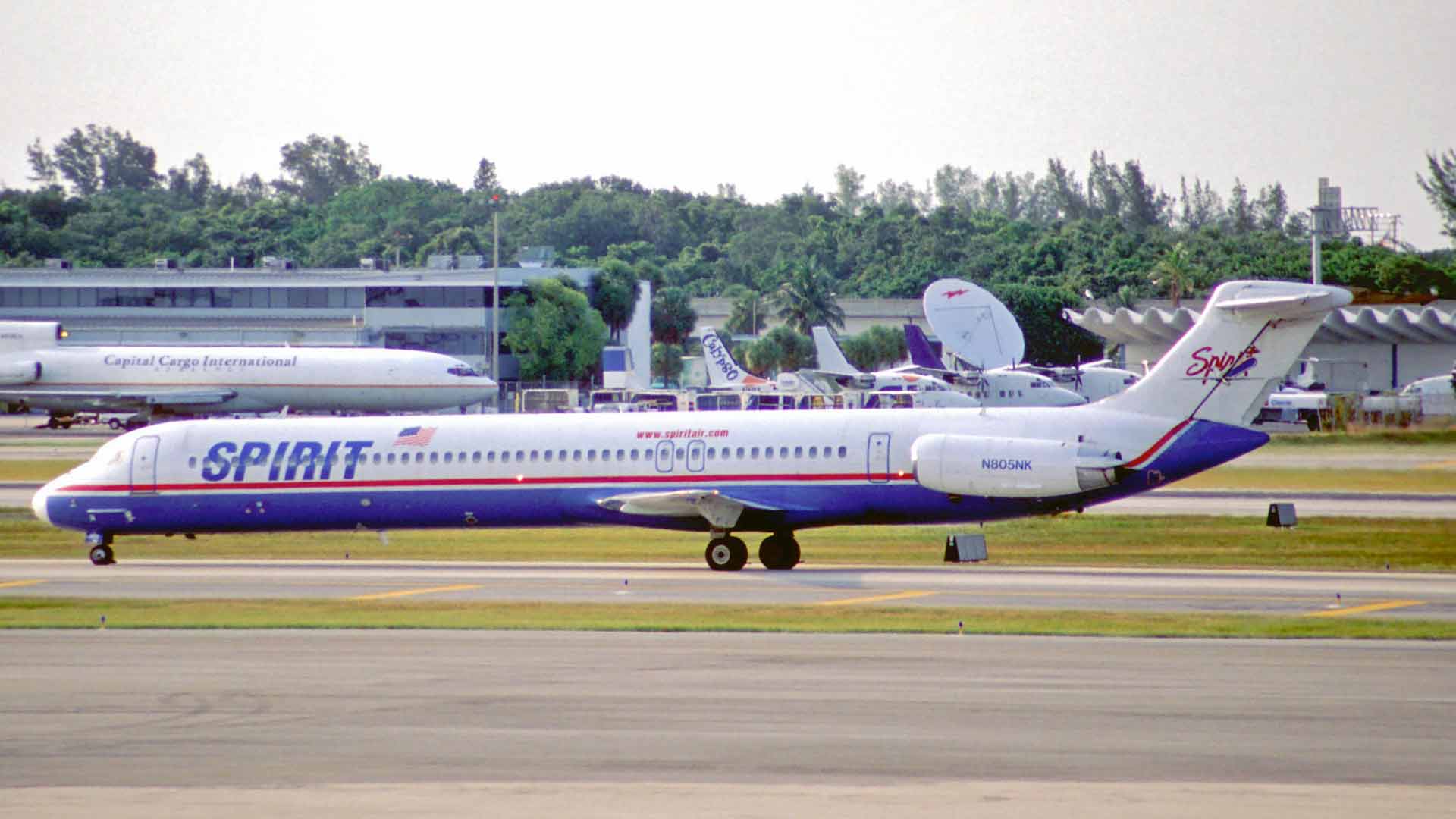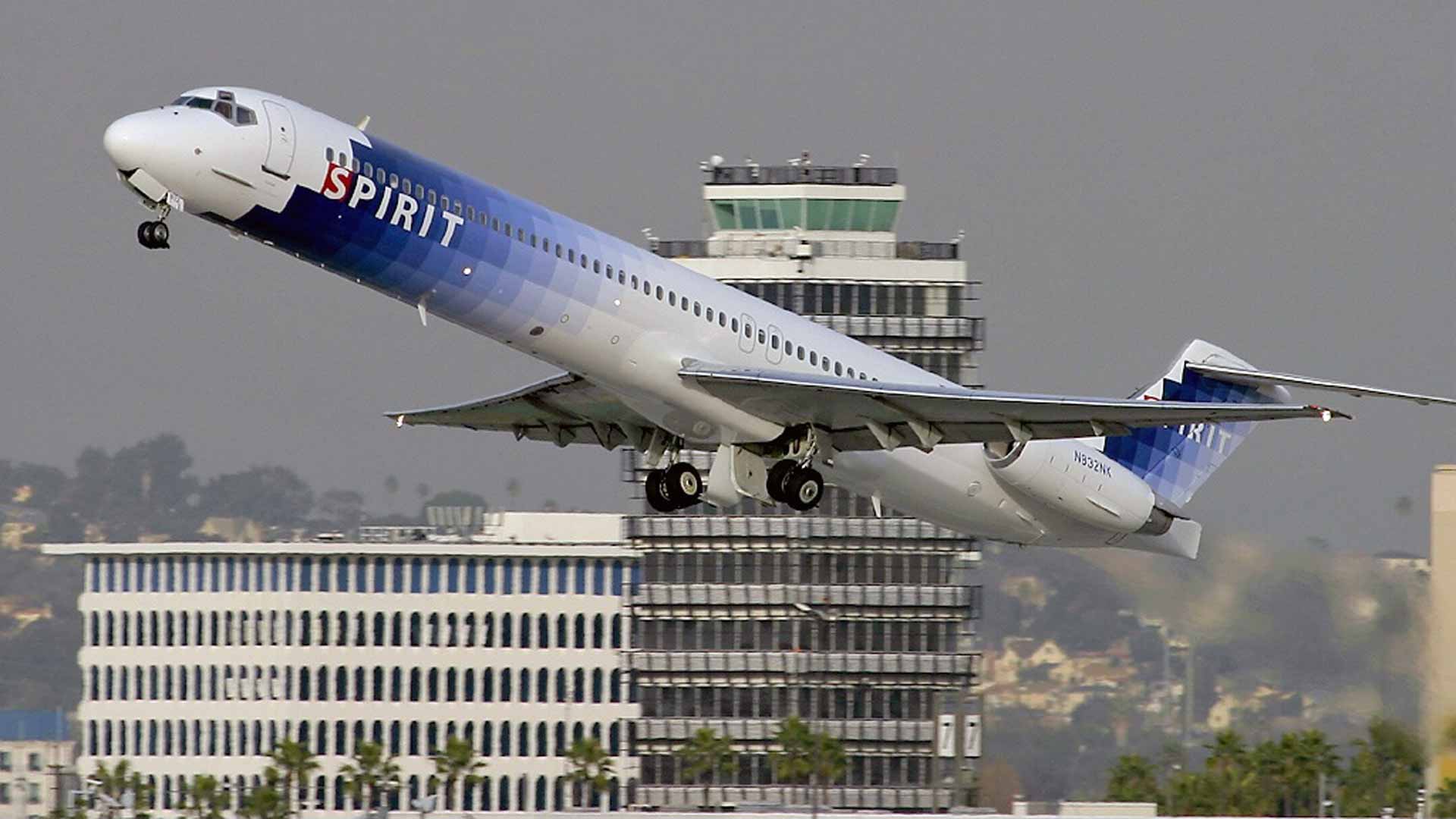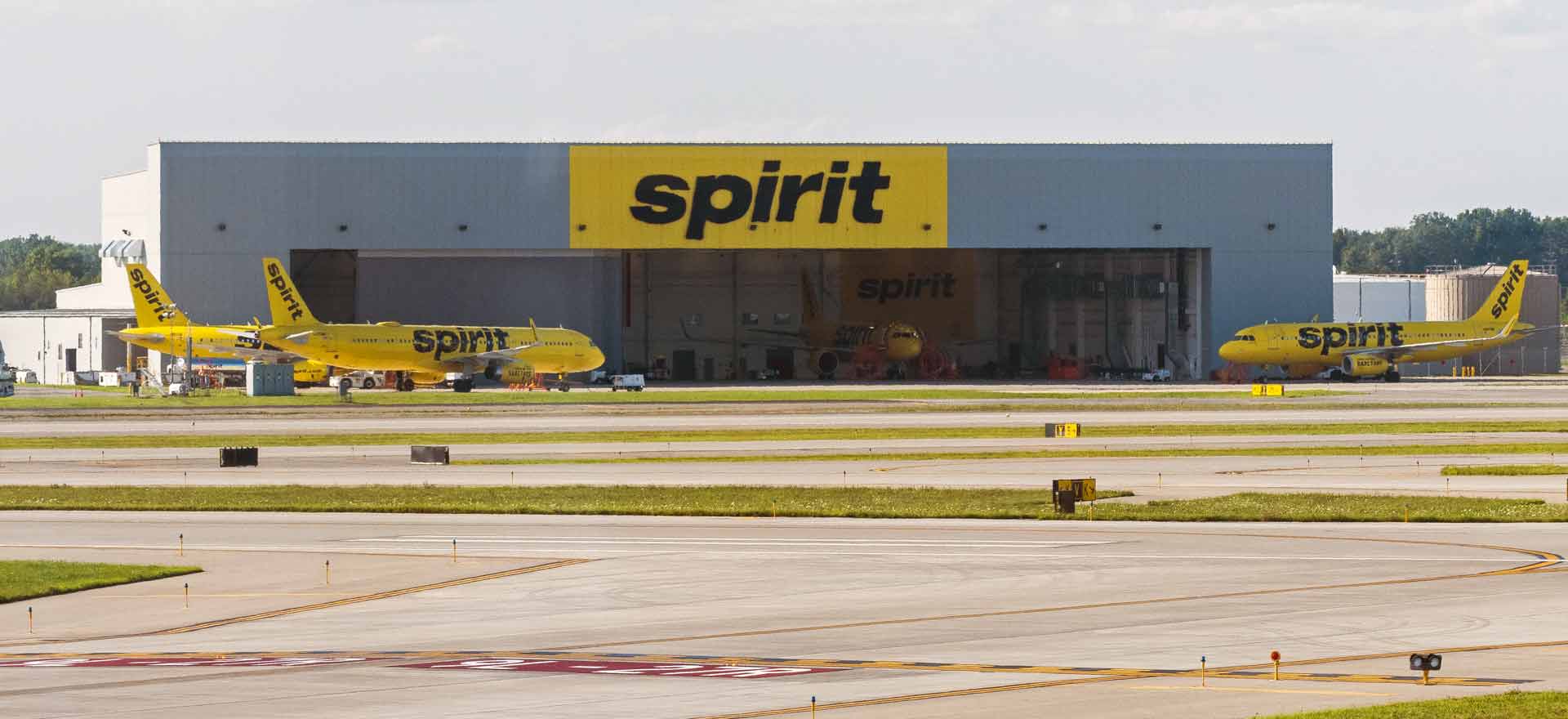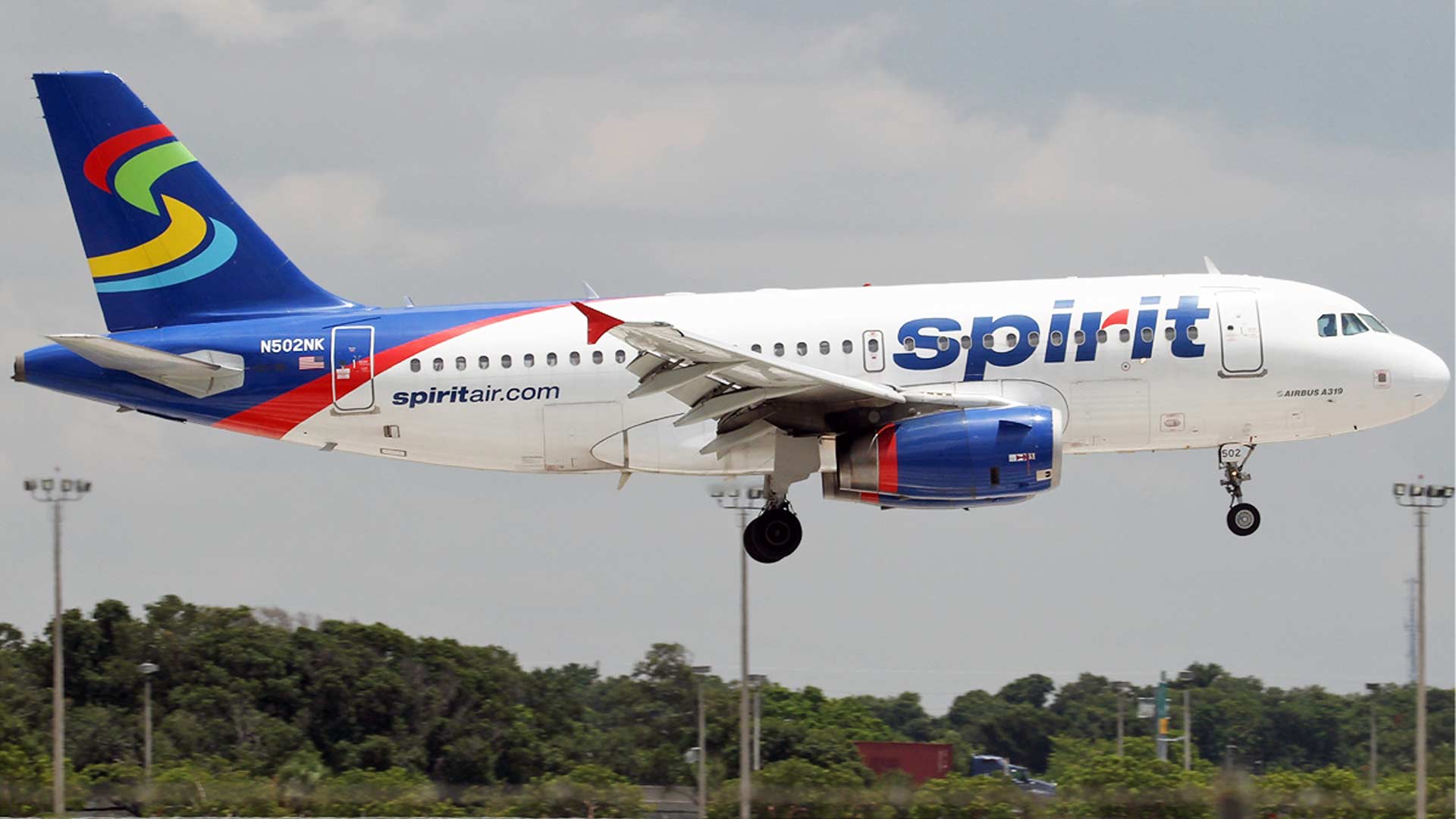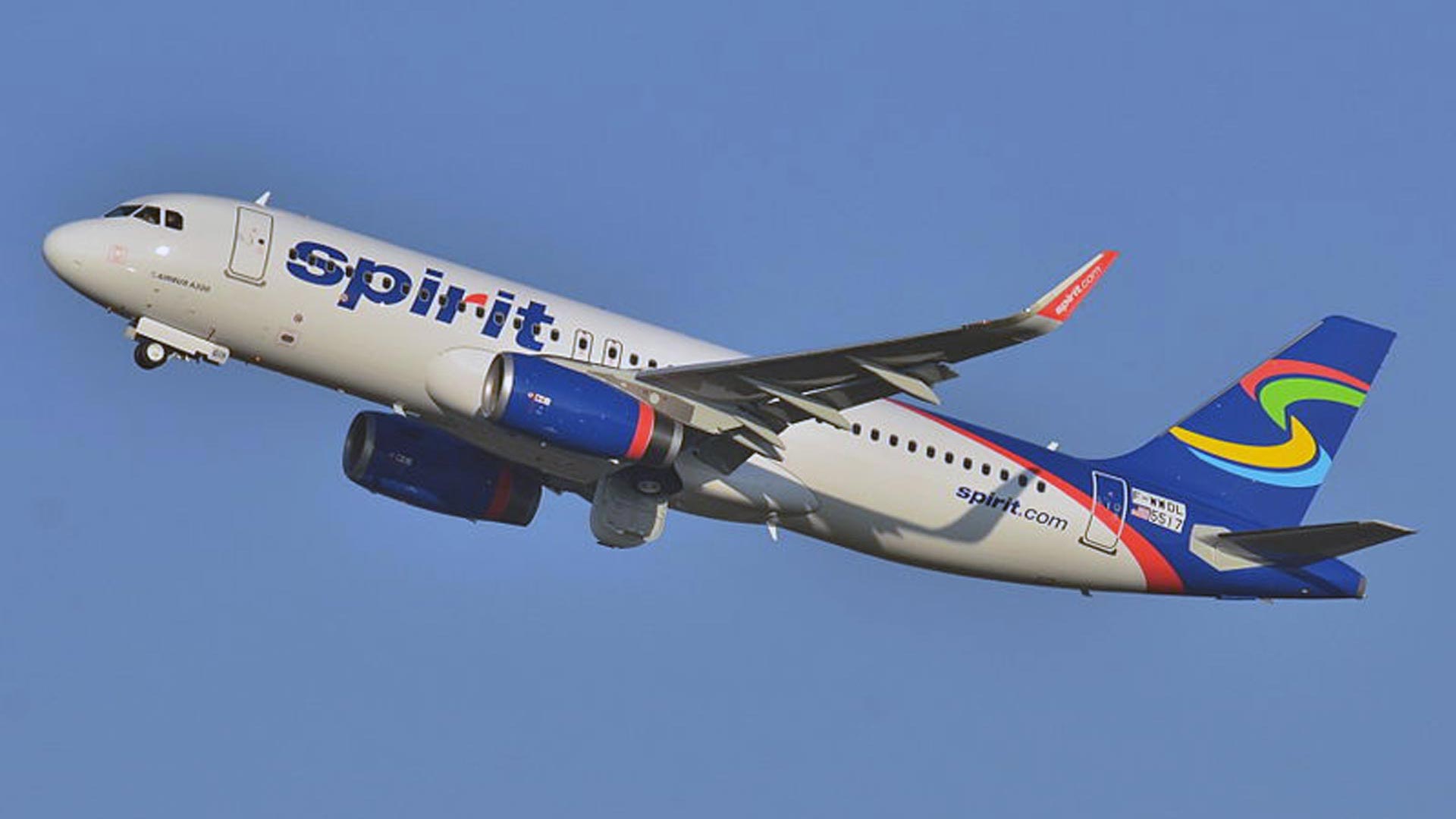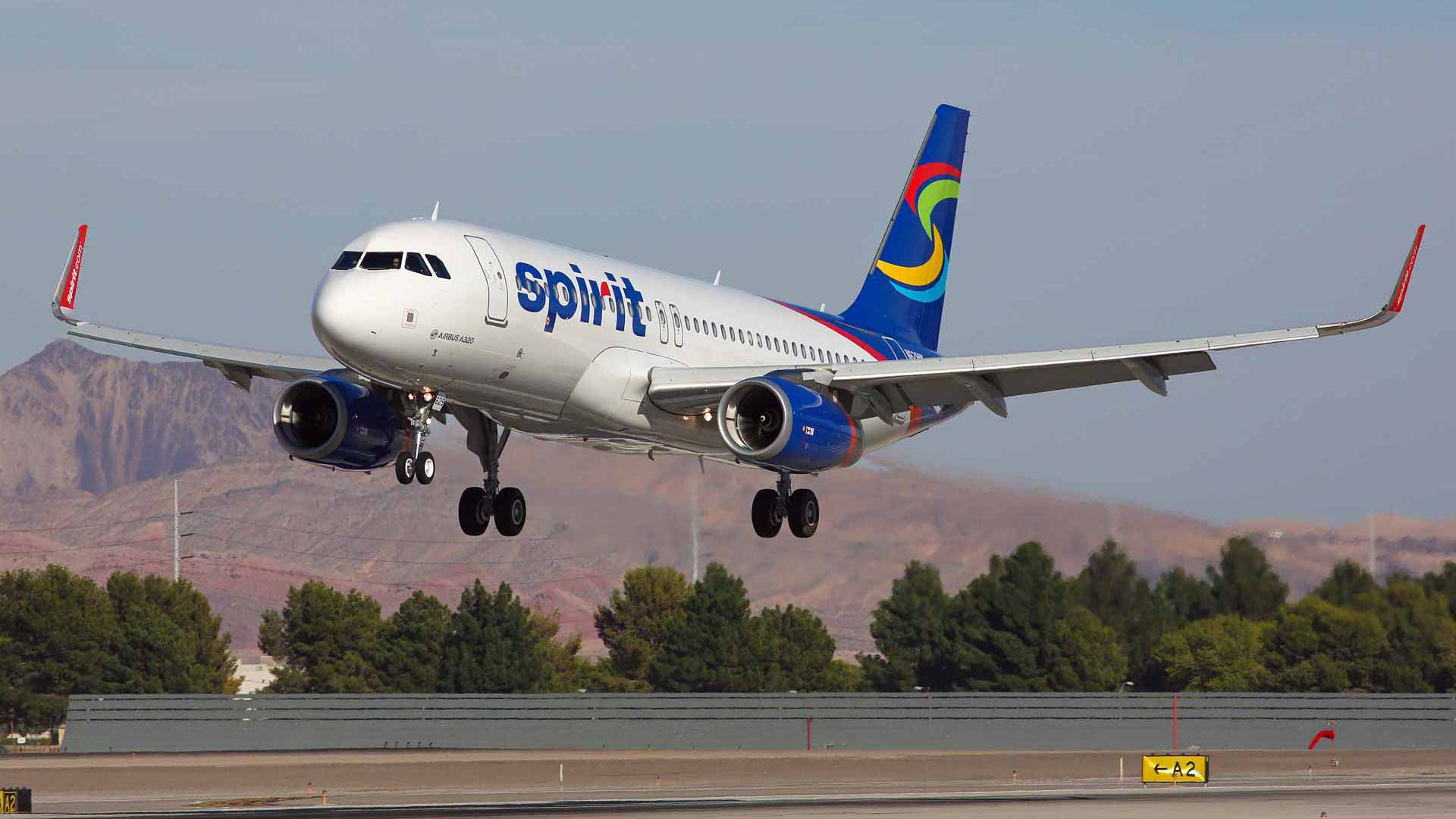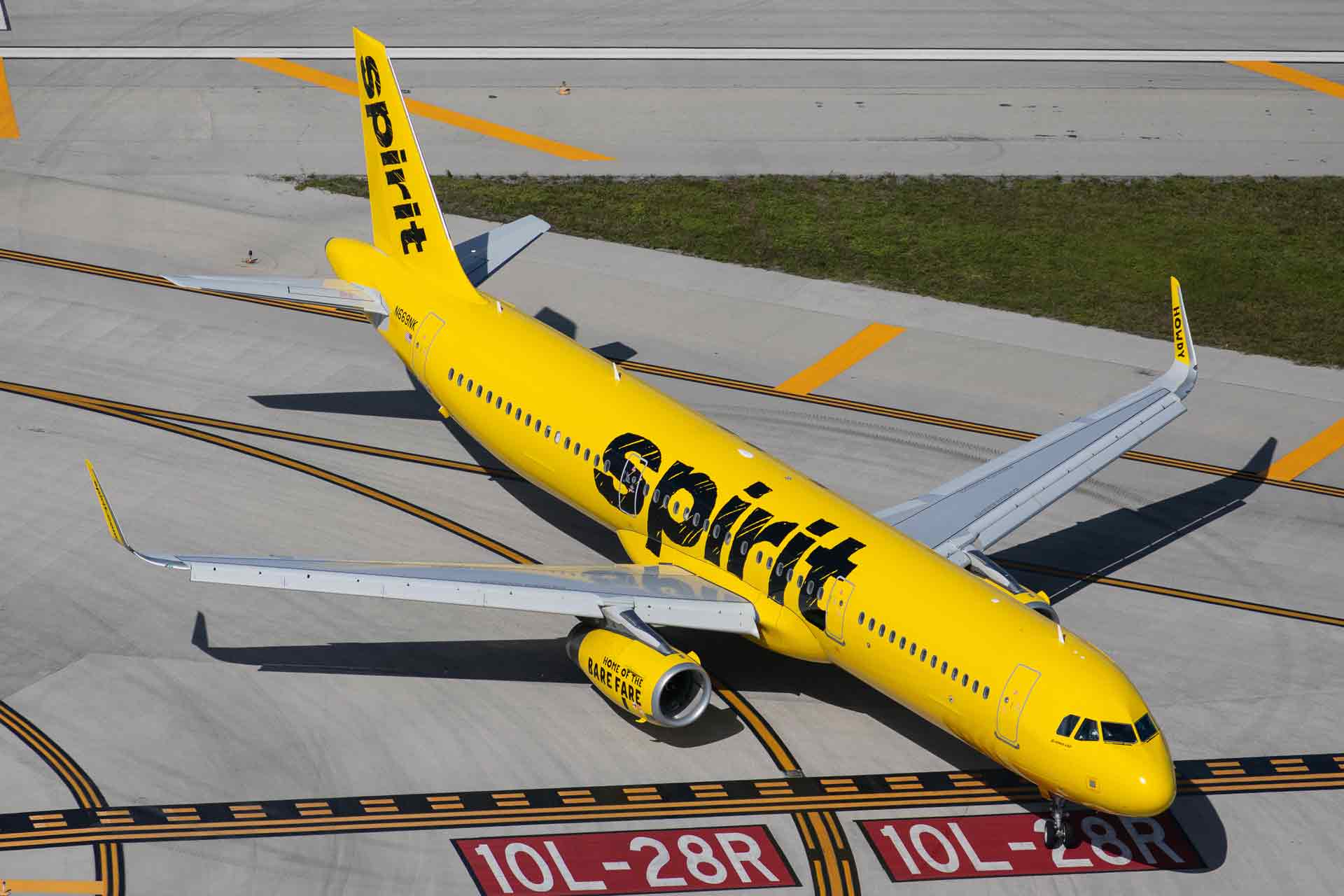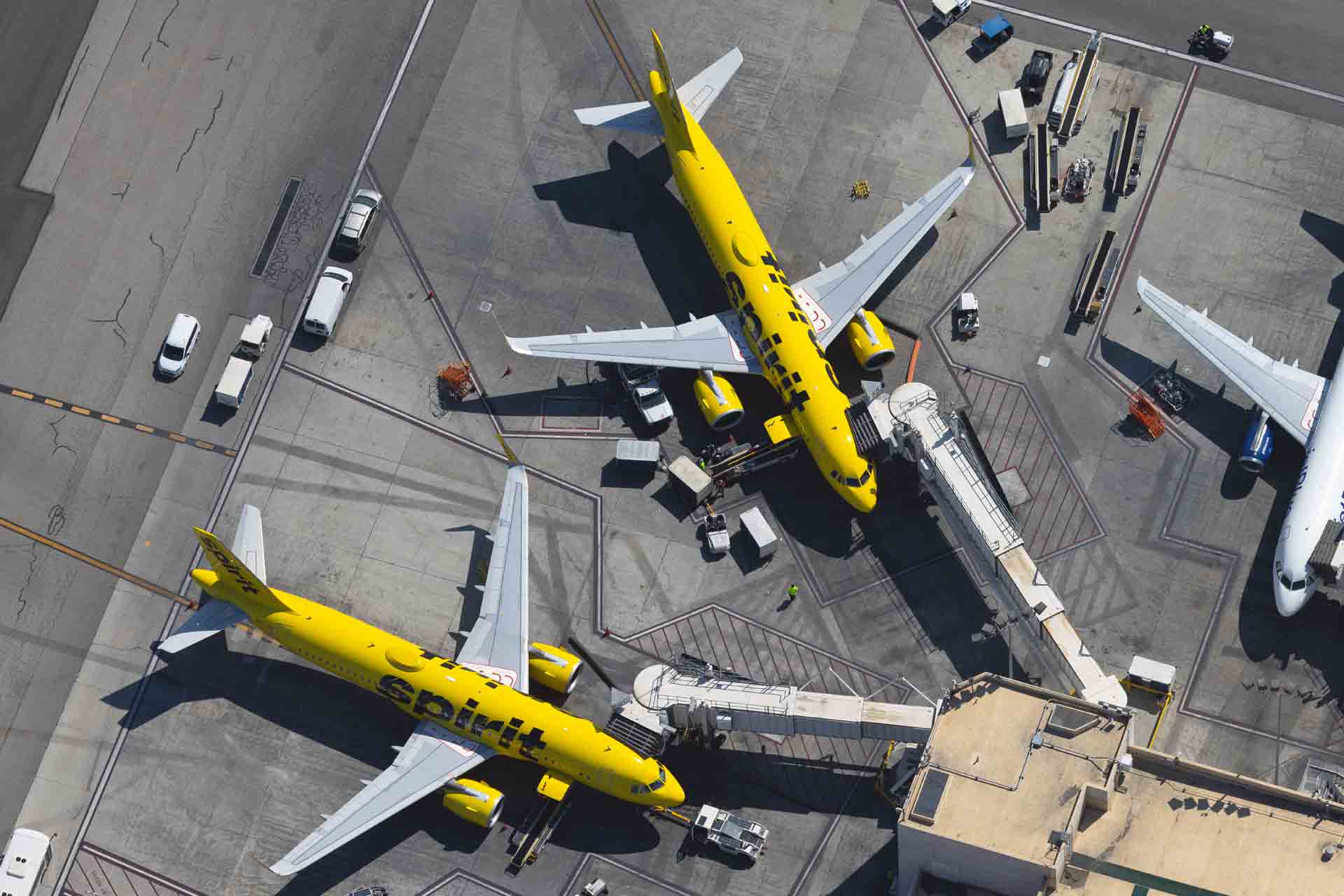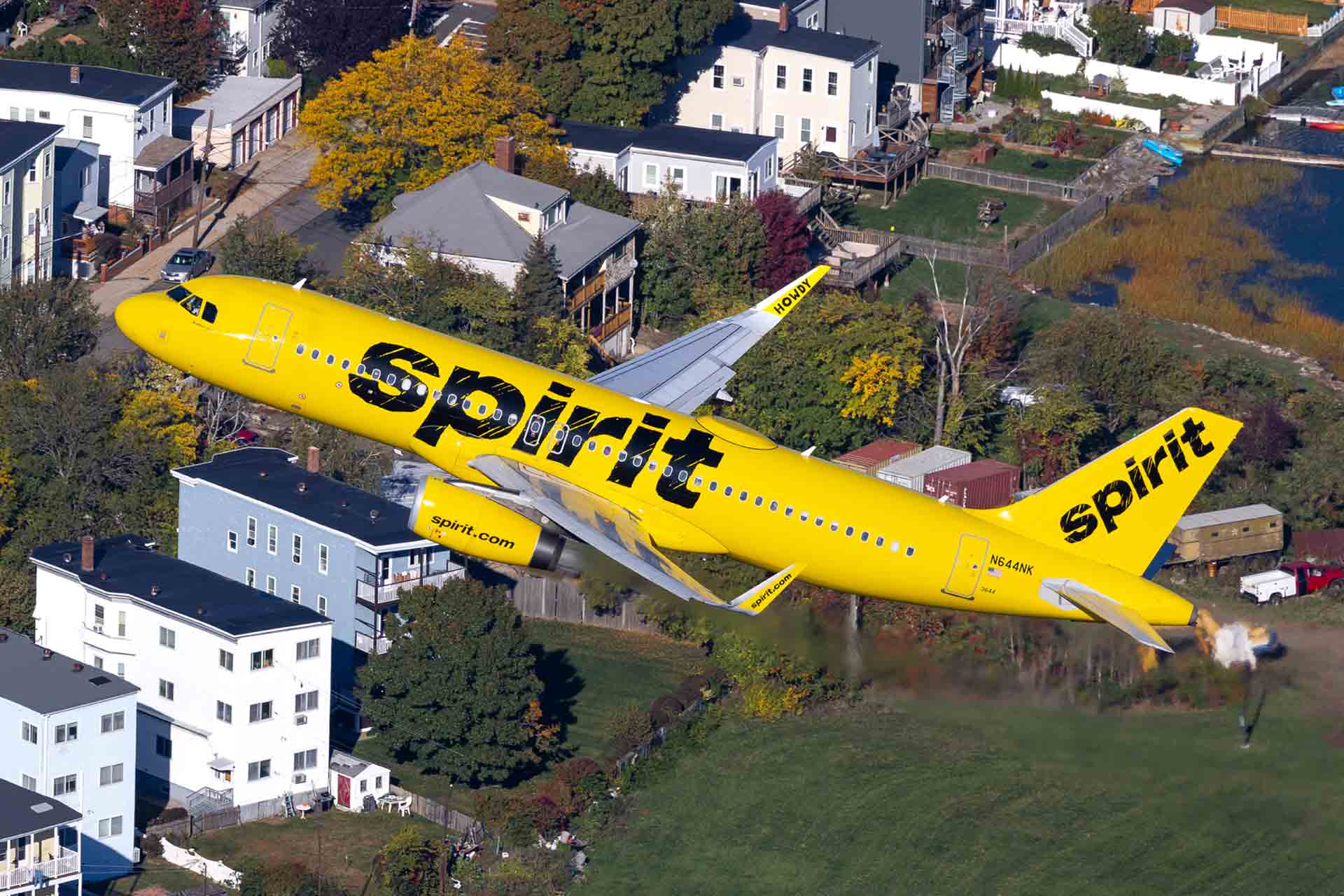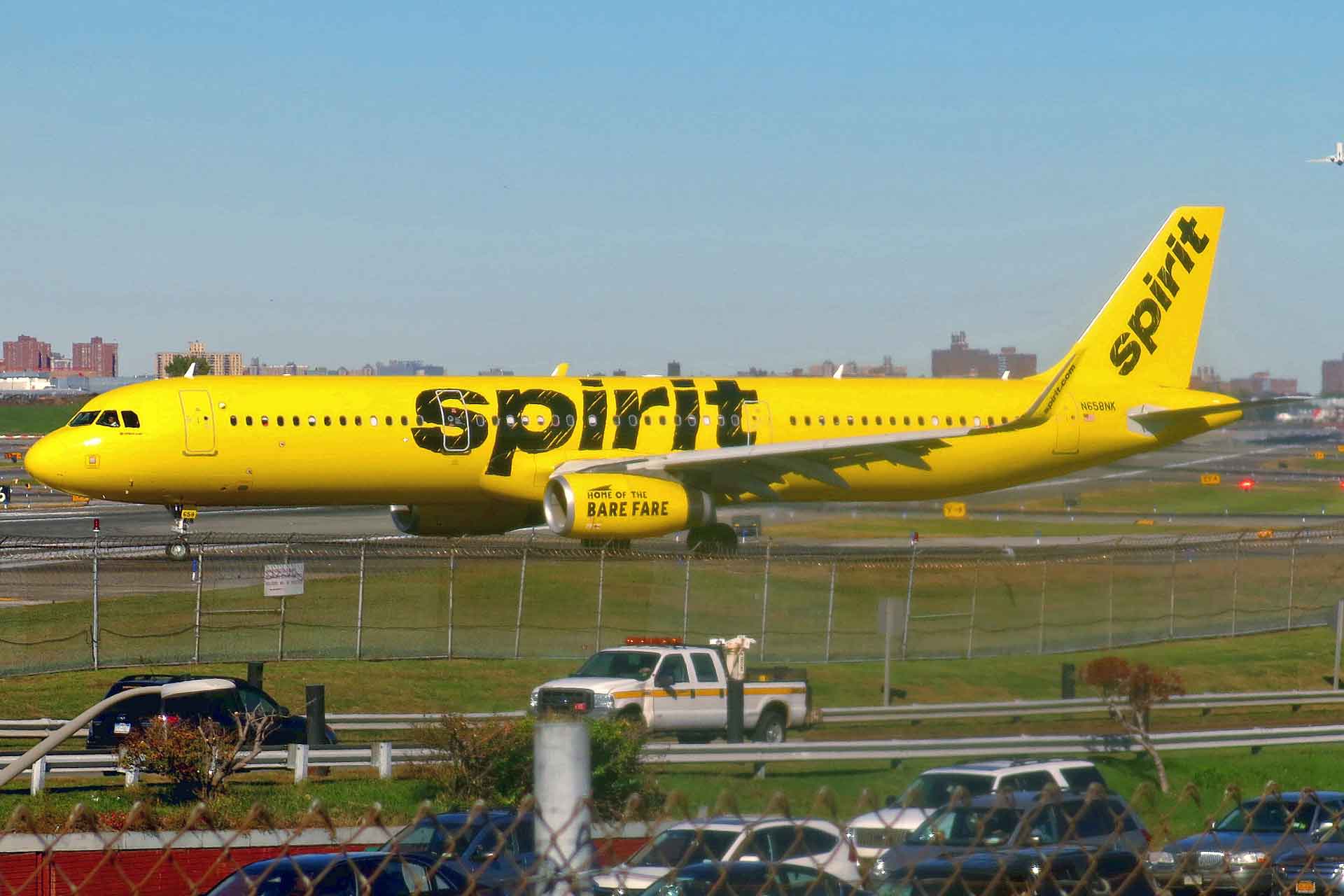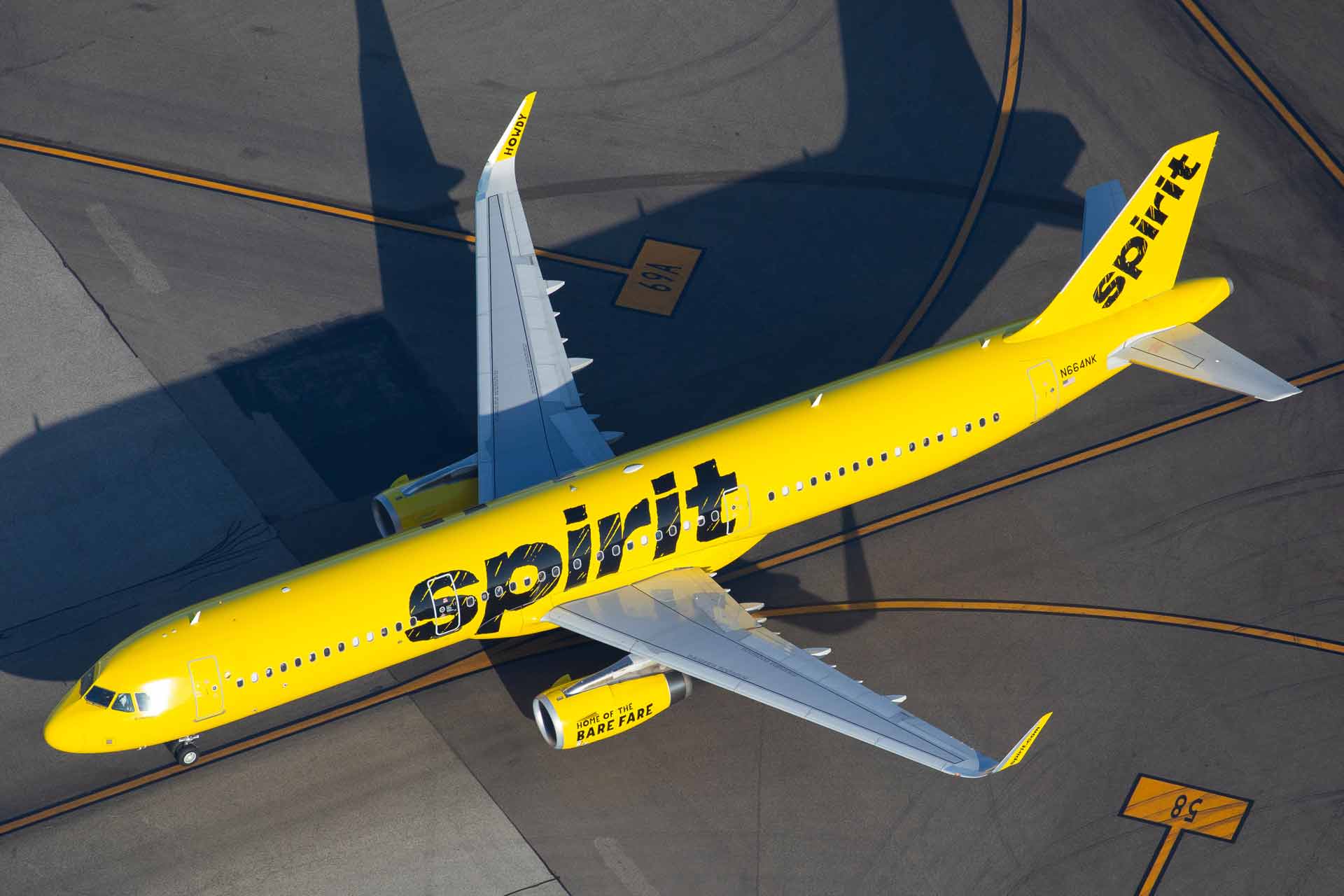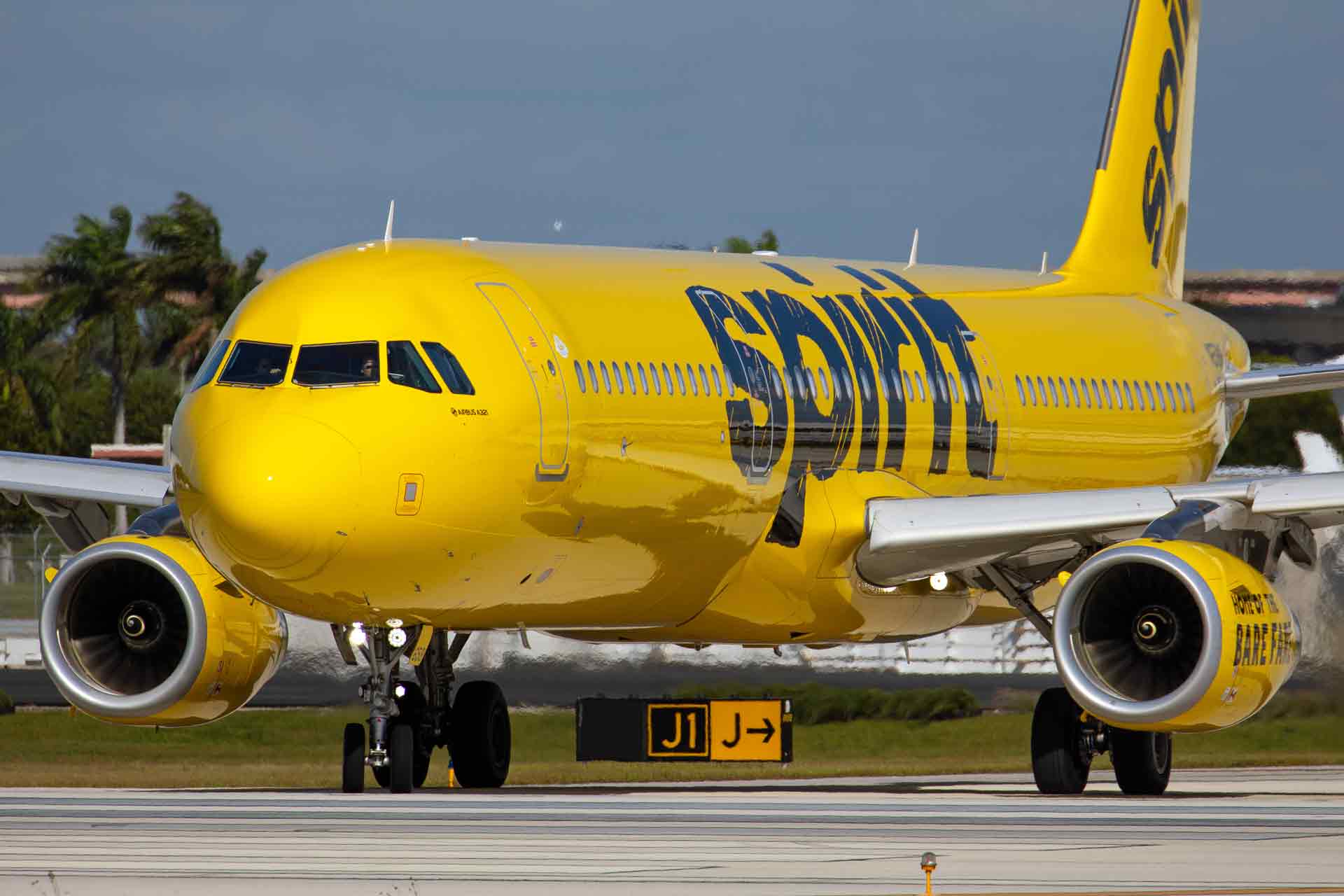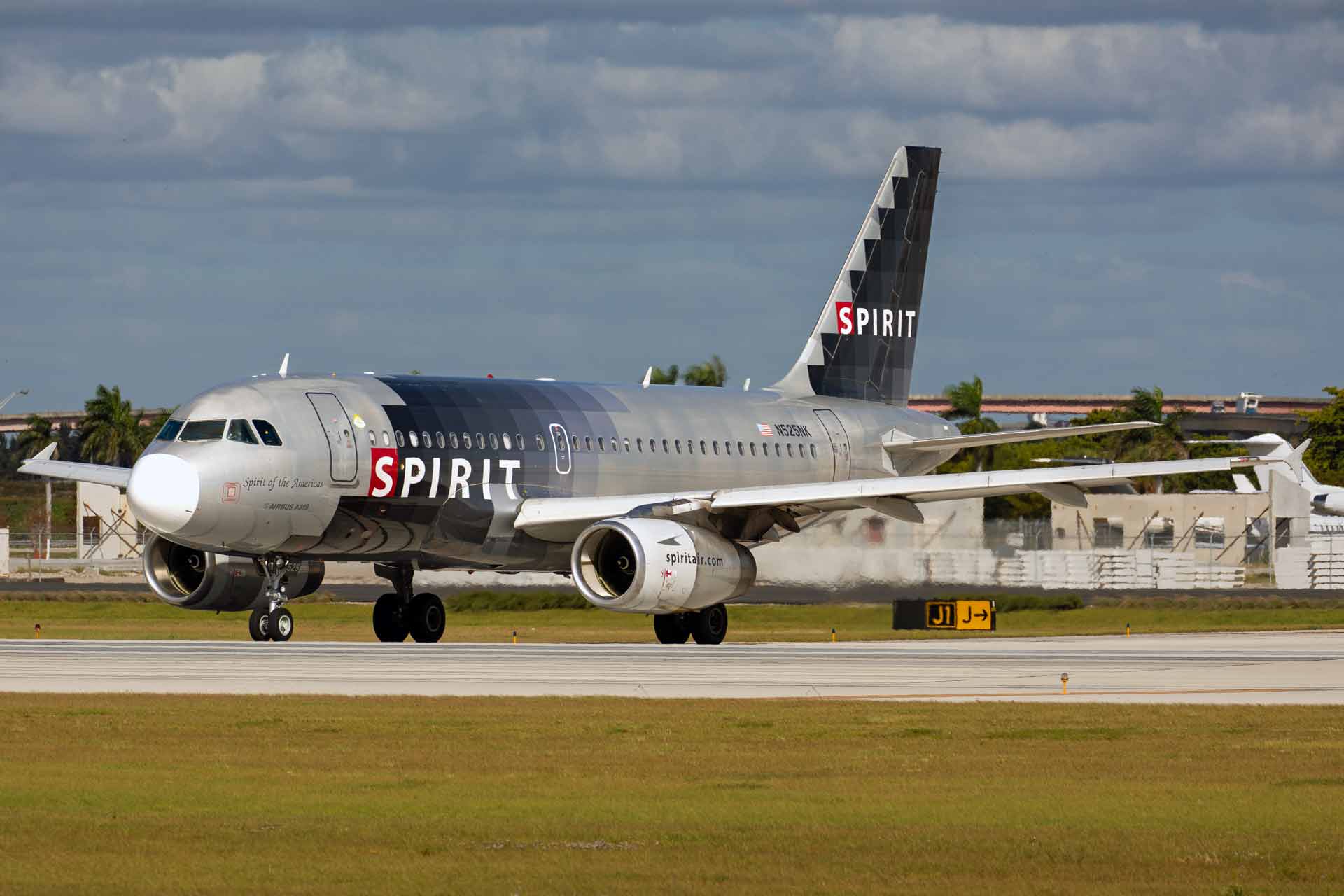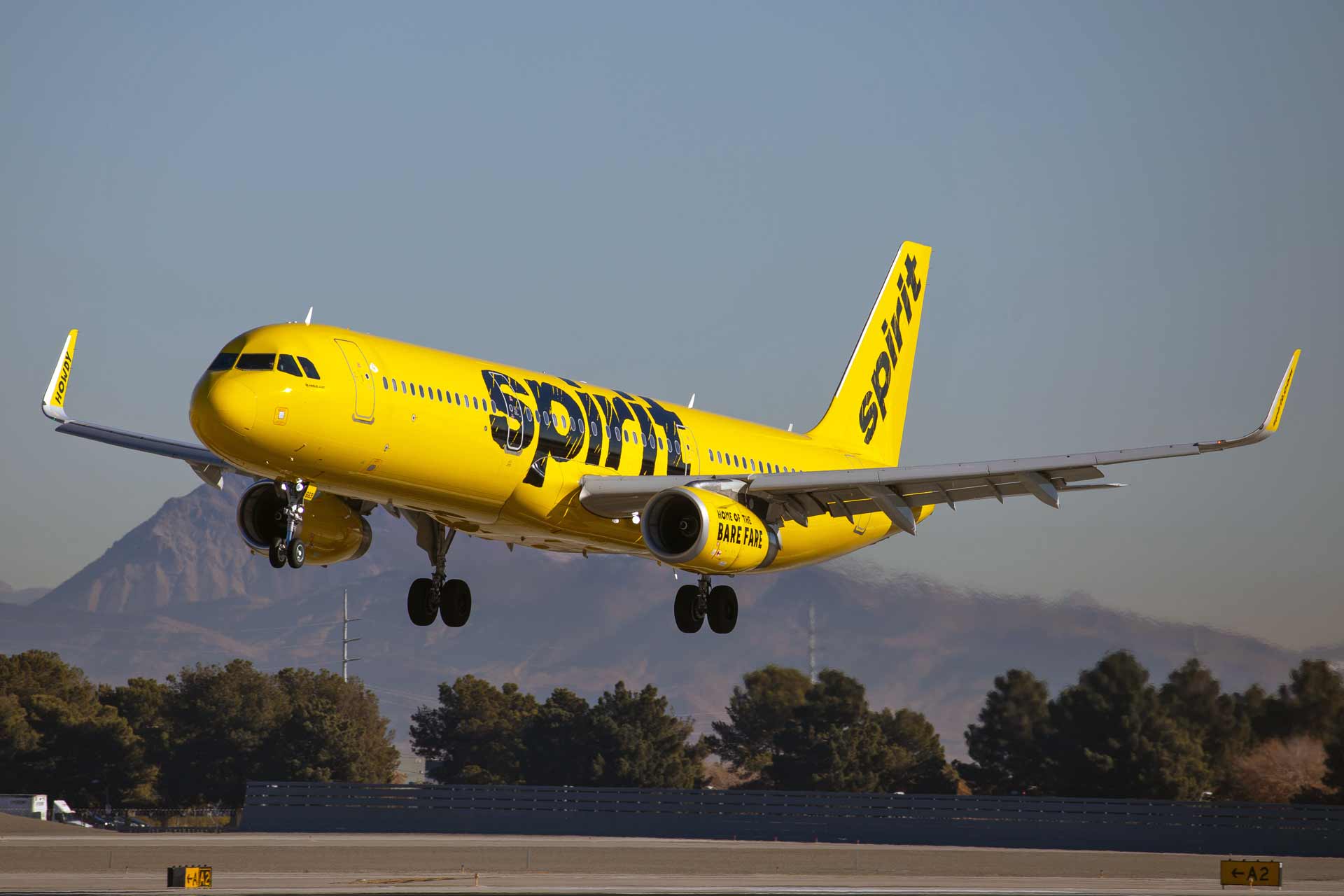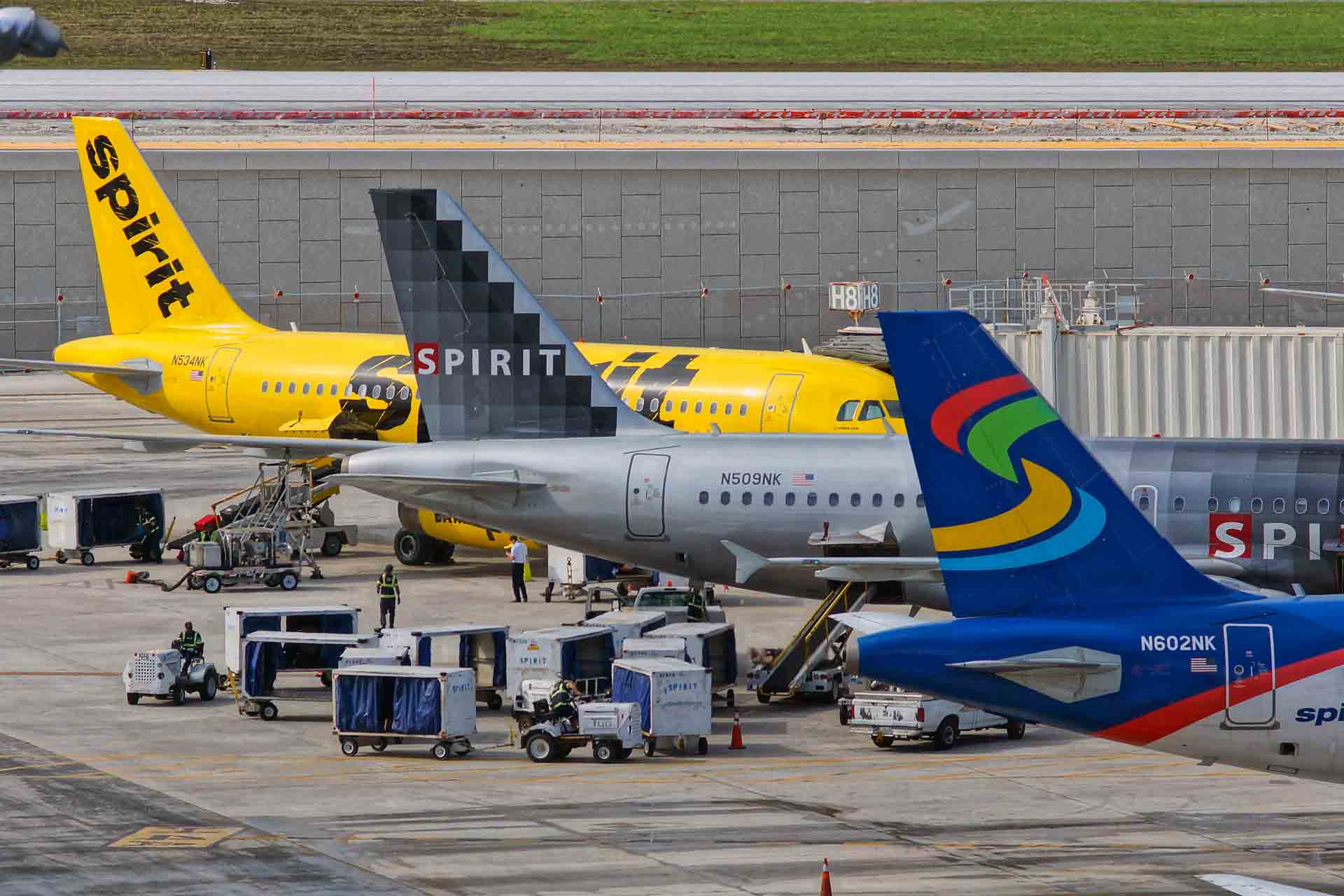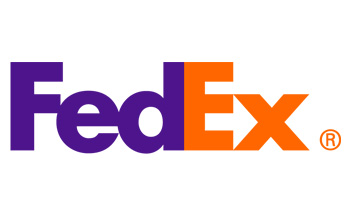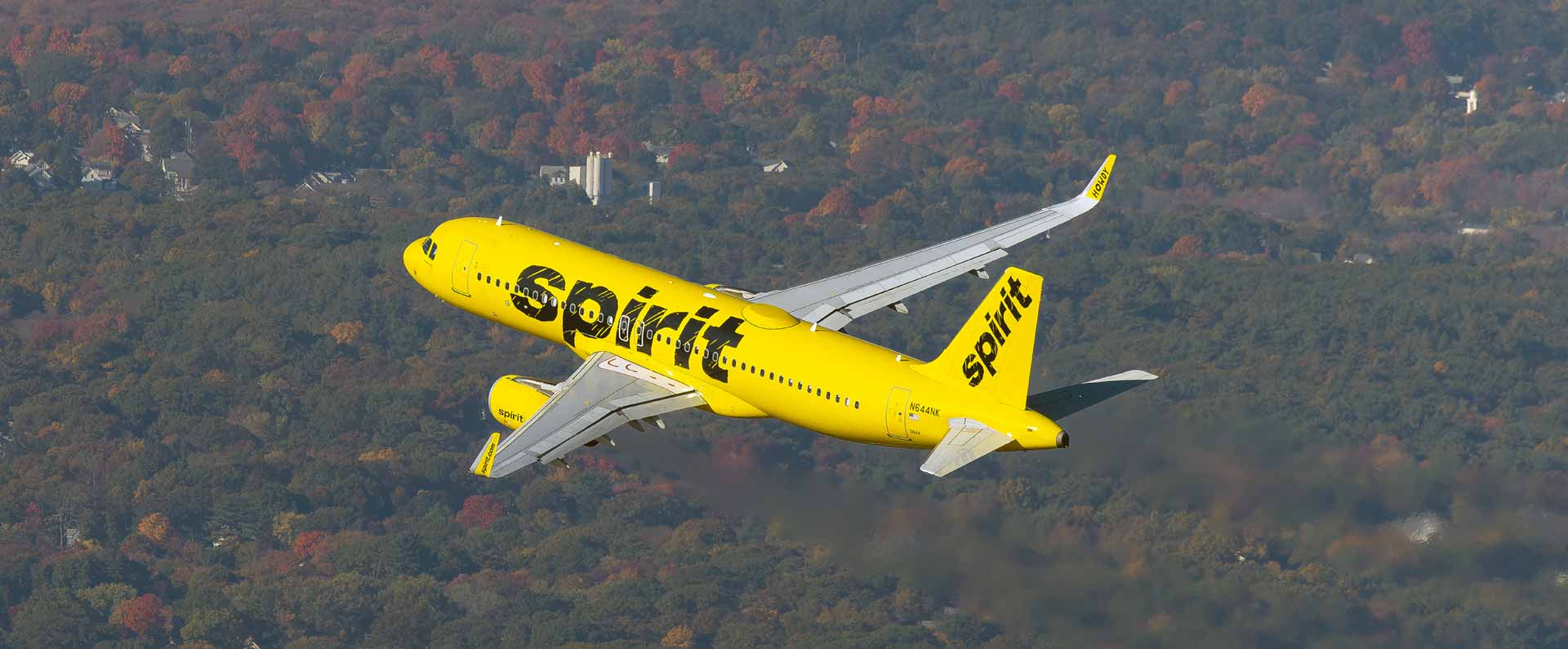
Low costs have their price
Initially founded in 1964 as Clipper Trucking Co, the company now known as Spirit Airlines developed into one of the shooting stars in the low-cost US airline sector after its shift from the road to the air. At Spirit, however, only the basic seat on a plane is cheap; each and every extra means a substantial mark-up. Nevertheless, the business model proved to be extremely successful. However, since the established airlines have been offering tickets at similar prices, the market for the US copy of Ryanair's low-cost air travel concept has become rather tight.
JetBlue from New York wants to take over Spirit Airlines from Florida for 3.8 billion US dollars, but not all the concerns of the US judicial authorities have been allayed. Photos: Timo Breidenstein
The city of Miramar is located on the east coast of the US state of Florida in the immediate vicinity of Fort Lauderdale, just 30 kilometers north of Miami. Florida is the number one vacation and retirement destination for US citizens, where not only the upper ten percent like to migrate, but even normal and low-income earners from the winter-stricken northern states and Canada. Miramar is the home of the regional company, which was initially founded in 1980 as "Charter One". Its name was changed to Spirit Airlines in 1992 with the addition of inter-regional flights and the acquisition of used DC-9 jets based at Hollywood International Airport (FLL) at nearby Ft. Lauderdale.
[1] This 22-year-old McDonnell Douglas DC-9-41 was one of Spirit's first jets in 1996. Photo: AeroIcarus, CC
[2] McDD MD-81, Ft. Lauderdale 2003. Photo: AeroIcarus, CC
The business model is that of an "ultra low-cost airline" - i.e. an offering that provides no service beyond pure transportation, except certain additional services for hefty prices. In return, however, airfares were offered at prices below anything we were used to up to that point. But the low prices had another, crude catch. In 1994, management instituted the nasty practice, started by other airlines, of deliberately overbooking. This was the carriers' revenge, so to speak, on undisciplined customers booking flights which they subsequently failed to take. These no-shows were expensive, but overbooking as a countermeasure was risky. The many stranded passengers led to angry protests and lawsuits. The consequence was a serious loss of reputation, from which Spirit found it difficult to recover.
Airline for the penny-wise
However, this model was thoroughly embraced in principle, and by no means only to and from Florida. On the contrary, the first flights were operated from Boston and Detroit in 1992, which is why the main office was initially set up in Eastpoint, Michigan. Used DC-9s from every conceivable seller were deployed, the first aircraft being a 21-year-old ex-Ansett Australia DC-9-31. More modern MD-80s were added as of 1998.
A total of 37 MD-80s from all series were used between 1998 and 2010 in a new, highly modernized livery. Here is the first of its kind, built for Inex Adria in 1982. Photo: Konstantin v. Wedelstaedt.
In 1999, the company moved to Miramar. This period also saw the installment of its first female captain, Janet Patton. However, at the turn of the millennium, Spirit suffered a new, severe blow to its public image thanks to a fine imposed by the US Federal Aviation Administration (FAA) for overly lax interpretations of regulations regarding safety information for passengers in seat pockets, trays, and doors. The fine itself was relatively lenient at 67,000 dollars, but once again caused disproportionately bad press for a management that had repeatedly shown a ruthless attitude towards employees.
On the plus side, however, Spirit's business flourished, at least in quantitative terms. At times, up to 90 percent of flights were fully booked. It was the rapidly growing route network, together with the increase in passenger numbers and corresponding turnover, which was followed by a radical change in fleet policy around 2005.
Maintenance Base at Detroit Wayne County Airport. Photo: Ajay Suresh, CC
Acknowledged industry pioneer in the budget sector
Spirit, now taken seriously by Boeing and Airbus as a prospective customer, was able to act accordingly, ultimately choosing Airbus as its new house supplier for aircraft that were now brand new. In 2006, the first of 17 Airbus A319s were delivered, and by 2010, A320-200s had replaced the last MD-80s. Following further massive expansion, the A320 fleet grew to 64 aircraft.
[1] At the turn of the millennium, Spirit once again treated itself to a new outfit. Like all Airbuses, their 29 A319s were fitted with IAE-2500 turbofans and are currently for sale. Photo: Konstantin v. Wedelstaedt
[2] A320-200ceo, Toulouse 2013. Photo: Laurent Herrera, CC
[3] A320-200ceo 2014. Photo: Timo Breidenstein
Since 2016, 84 A320neos have been added to the fleet. A further 37 have been ordered to eventually replace the original A319s, which have now become too small. The flagships of the fleet are 30 A321-200s and the first eight of 65 A321neos, to be delivered by 2025. Today, the entire fleet is equipped with an eight-seater "Big Front Class", which provides at least a slightly larger seat pitch in a fleet that breaks the records in tight seating.
[1] Spirit introduced the current yellow and black livery in 2014, although it is uncertain how long the aircraft will continue to be seen in this eye-catching livery. Photo: Timo Breidenstein
[2] Central Hub Ft. Lauderdale (FLL), Florida. Photo: Timo Breidenstein
[3] A320-200ceo. Photo: Timo Breidenstein
[4] A321-200ceo, New York-La Guardia 2022. Photo: Adam Moreira, CC.
[5] A321-200ceo 2017. Photo: Timo Breidenstein
Yellow soon to turn blue?
It is likely that the question will be merely academic before the end of 2024, as higher airport charges in major destination countries, union protests, and the shrinking price advantage of low-cost airlines due to cheaper tickets from established airlines mean that the market for Spirit Airlines, based on a belief in thrifty customers, tightens. The now loss-making airline is up for sale, most probably to Jetblue Airlines from New York. Indeed, that is one airline that successfully combines low cost and high quality. If the competition authorities and the FAA give the deal the thumbs up, the merger could take place as soon as the first quarter of 2024. However, the government's antitrust watchdog body took the matter to court and has initially been proven right. Moreover, it remains to be seen whether customers will benefit from this merger. For Jetblue, however, the matter seems to have already been decided, as a number of official statements have already been published on behalf of both carriers. The slogan is "the best of both worlds". So, for the aviation industry, it will be interesting to see whether a future fifth-largest airline in the USA is born, and in what form.
[1] Photo: Timo Breidenstein
[2] A319-100, FLL 2016. Photo: Timo Breidenstein
[3] Photo: Timo Breidenstein
[4] All three Airbuses – 2014 paintwork, Fort Lauderdale. Photo: JTOchialinie, CC
[5] Hooking up in 2024? Airbus A320s of Spirit and JetBlue around 2014 in Fort Lauderdale. Photo: JTOchialinie, CC
Text: Fritz Gratenau
Titlephoto: Timo Breidenstein
Facts & Figures
Name: Spirit Airlines Corp.
Headquarters: Miramar, Florida, USA
Basis/Hub: Fort Lauderdale (FLL)
Founded: 1980
Employees: approx. 2.200
Passangers: 38,5 Mio. (2022)
Turnover/Profit: 5 Mrd. Dollar / -599 Mio. Dollar
Network: domestic, Central- /South America, Caribbean
Fleet:
17 Airbus A319-100
64 Airbus A320-200
82 Airbus A320neo
30 Airbus A321-200
8 Airbus A321neo
Ordered:
39 Airbus A320neo
60 Airbus A321neo
Internet: www.spirit.com
Status: 12/2023

